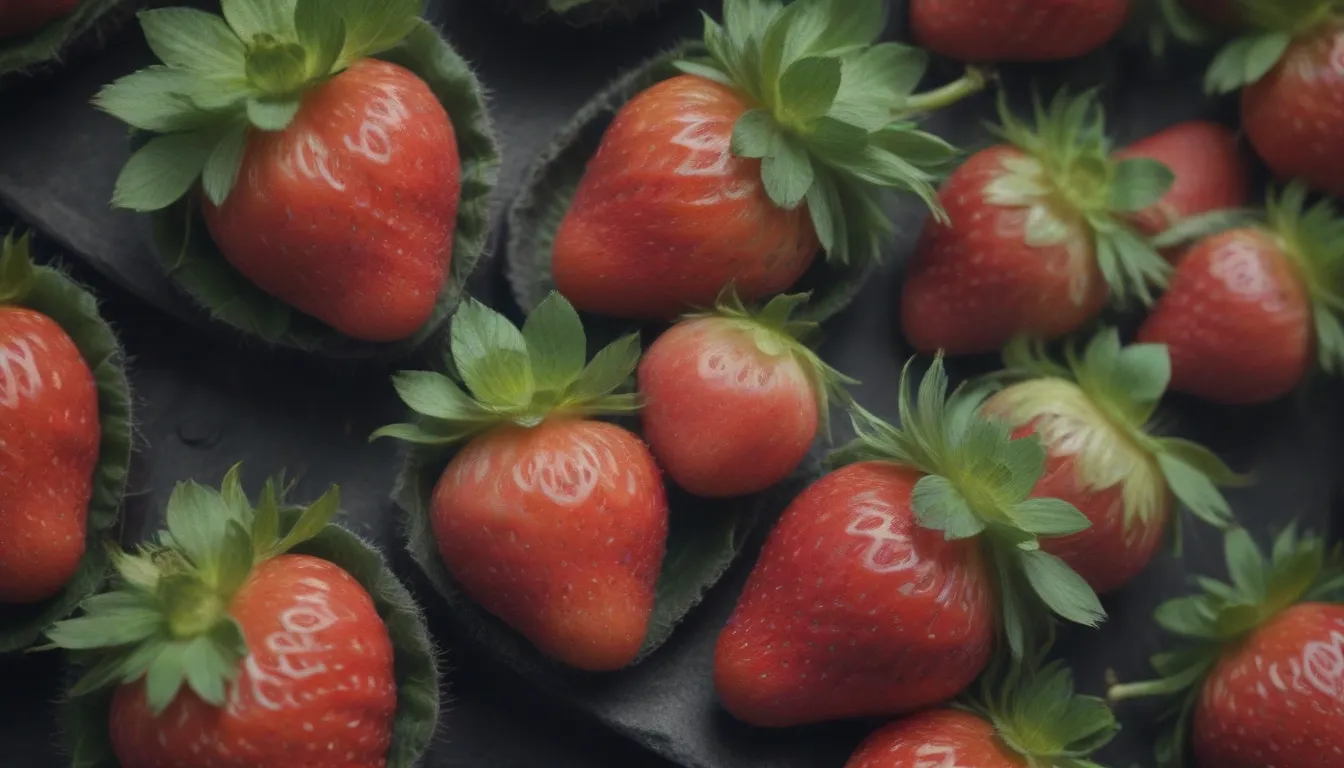A Comprehensive Guide to Growing and Caring for Everbearing Strawberries

Are you a strawberry lover looking to enjoy those sweet, juicy fruits multiple times a year? Then growing everbearing strawberries might be the perfect solution for you. These plants, also known as Fragaria x ananassa ‘Quinault’, can provide you with at least two harvests a year, and in optimal conditions, you might even get three. While they may require a bit more attention than traditional strawberry plants, the abundance of fruit they produce makes the effort worth it.
Planting Everbearing Strawberries
Timing is Key
To make the most out of your growing season, it’s best to plant everbearing strawberries a few weeks before the last frost. If you live in a colder climate, wait until evening temperatures are consistently above 45 degrees Fahrenheit. This will ensure your plants have enough time to establish themselves before the growing season kicks into full gear.
Choosing the Right Location
When selecting a spot for your everbearing strawberries, look for an area that receives full sun but is protected from harsh afternoon sunlight. Too much direct sun can cause the leaves to burn, especially during the hottest months. Additionally, make sure the planting area is manageable, as an overly sprawling strawberry patch can result in constant weeding. Space each plant about 15-20 inches apart to allow for adequate spreading.
Planting Depth and Spacing
Ensure each plant has enough room to spread by digging a hole twice as wide as the rootball. Trim any dangling roots before planting them in the ground. Alternatively, consider planting everbearing strawberries in containers, which provide flexibility in terms of sun exposure and spacing.
Caring for Everbearing Strawberries
Providing Adequate Light
Everbearing strawberries thrive in full sun but benefit from some shade in the afternoon. Aim for dappled sunlight to protect the plants’ foliage and ensure consistent harvests throughout the summer and fall.
Soil Quality
Rich, well-draining soil is essential for the success of everbearing strawberries. Aim for a neutral pH level and consider testing the soil before planting. Adding organic amendments can help adjust the acidity or alkalinity as needed.
Watering Tips
To ensure juicy, flavorful strawberries, provide each plant with about an inch of water per week. Proper drainage is crucial to prevent root rot, so make sure the soil can efficiently absorb excess moisture.
Temperature and Humidity Considerations
While temperature and humidity play a role in plant health, sunlight and irrigation are more critical for everbearing strawberries. Aim to keep your plants in USDA hardiness zones 3 through 10, provide shelter from intense sunlight, and ensure adequate irrigation for optimal growth.
Fertilizing for Success
Prepare your garden bed by mixing in compost before planting to provide essential nutrients for your everbearing strawberries. If needed, use a balanced 10-10-10 fertilizer mid-season to support plant growth.
Harvesting Everbearing Strawberries
With proper care, you can expect to harvest everbearing strawberries multiple times a year. Pick ripe, red fruits, and remove any small or immature berries to encourage more blooms. Trim runners to redirect the plant’s energy towards fruit production. Save these runners in pots for the next growing season.
Growing Everbearing Strawberries in Pots
For a convenient and space-saving option, consider growing everbearing strawberries in pots. Plant one per large container, ensuring ample space for spreading. Avoid terracotta pots, as they may require more frequent watering compared to other materials.
Overwintering Tips
In colder regions, consider taking cuttings of your plants and bringing them indoors for the winter. Everbearing strawberries may not be frost-resistant, so providing shelter during winter months can help ensure their survival for the next growing season.
Dealing with Pests and Diseases
Unfortunately, everbearing strawberries are susceptible to various pests and diseases, including slugs, aphids, and strawberry weevils. Stay vigilant and inspect your plants regularly for signs of infestation. Prompt action can prevent these issues from impacting your harvest.
In conclusion, growing and caring for everbearing strawberries can be a rewarding experience for any gardening enthusiast. By following these tips and guidelines, you can enjoy a bountiful harvest of sweet, juicy strawberries throughout the year. Whether planted in the ground or in containers, these versatile plants are sure to delight your taste buds with their delicious fruits. Happy gardening!





